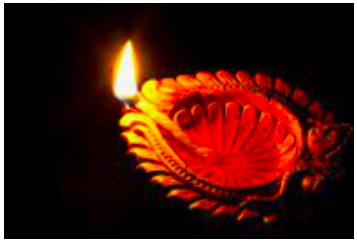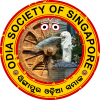Deepavali

Diwali, the festival that celebrates the victory of light over darkness, is celebrated with great joy and enthusiasm all over the world. Houses come alive with the glow of deepa(diyas), and the concert of colours of the exquisite rangolis that adorn their floors. The auspicious day would not be complete without dressing up in brand new clothes, distributing sweets, and bursting firecrackers with family and friends. The festival of lights not only brightens every corner of the neighbourhood, but also casts a warm glow on everyone’s hearts.
Despite the symbolic practices observed by all Hindus on Diwali, every state of India has its unique culture and tradition for the festival. For Odisha, it is the Bada Badua Daka ritual.
According to tradition, the day of Diwali is marked by invoking ancestors and forefathers of ones’ family and paying homage to them in order to receive their blessings. A beautiful rangoli or muruja of a sailboat is made on the floor. Later after dusk, all the members of the family gather together to perform puja. At the beginning of the puja, a lamp is lit and placed inside an earthen pot which is tied to a pole made of jute stem that is perched in front of the house or over the prasad. All members of the family hold a bundle of jute stems in their hands and then light their respective bundles from the flame inside the earthen pot. Raising the stems towards the sky, everyone chant the following verse together:
Badabadua ho, Andhaare aasi, Aaluare jaai
Baaisi pahaachare gada gadau thaao
Which translates to: oh our ancestors, come in the dark, depart in light, may you attain peace in the abode of Jagannath and attain salvation on the 22 steps (of the Puri Jagannath temple).
